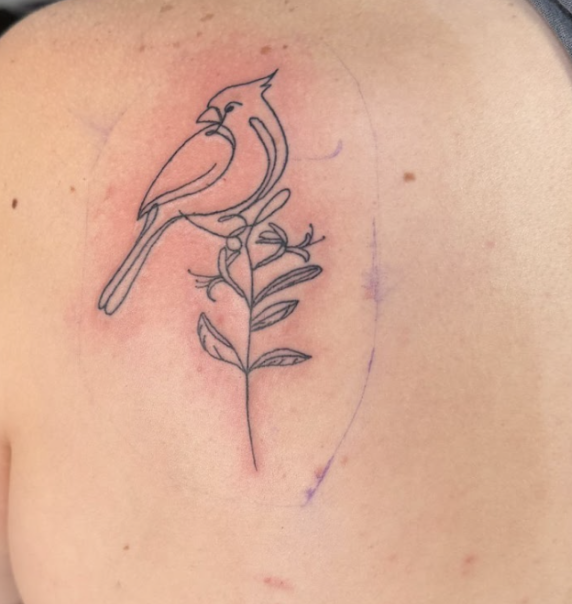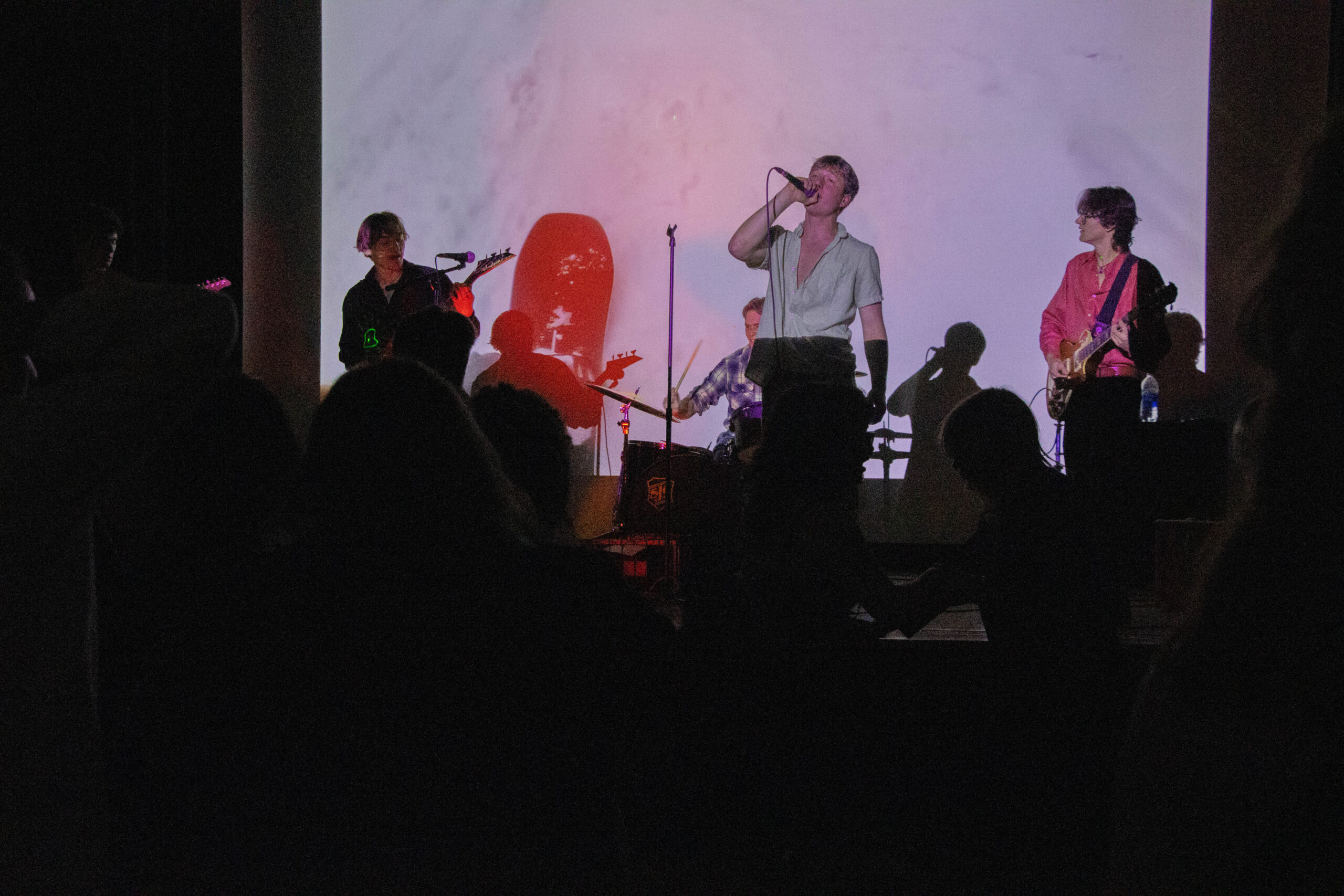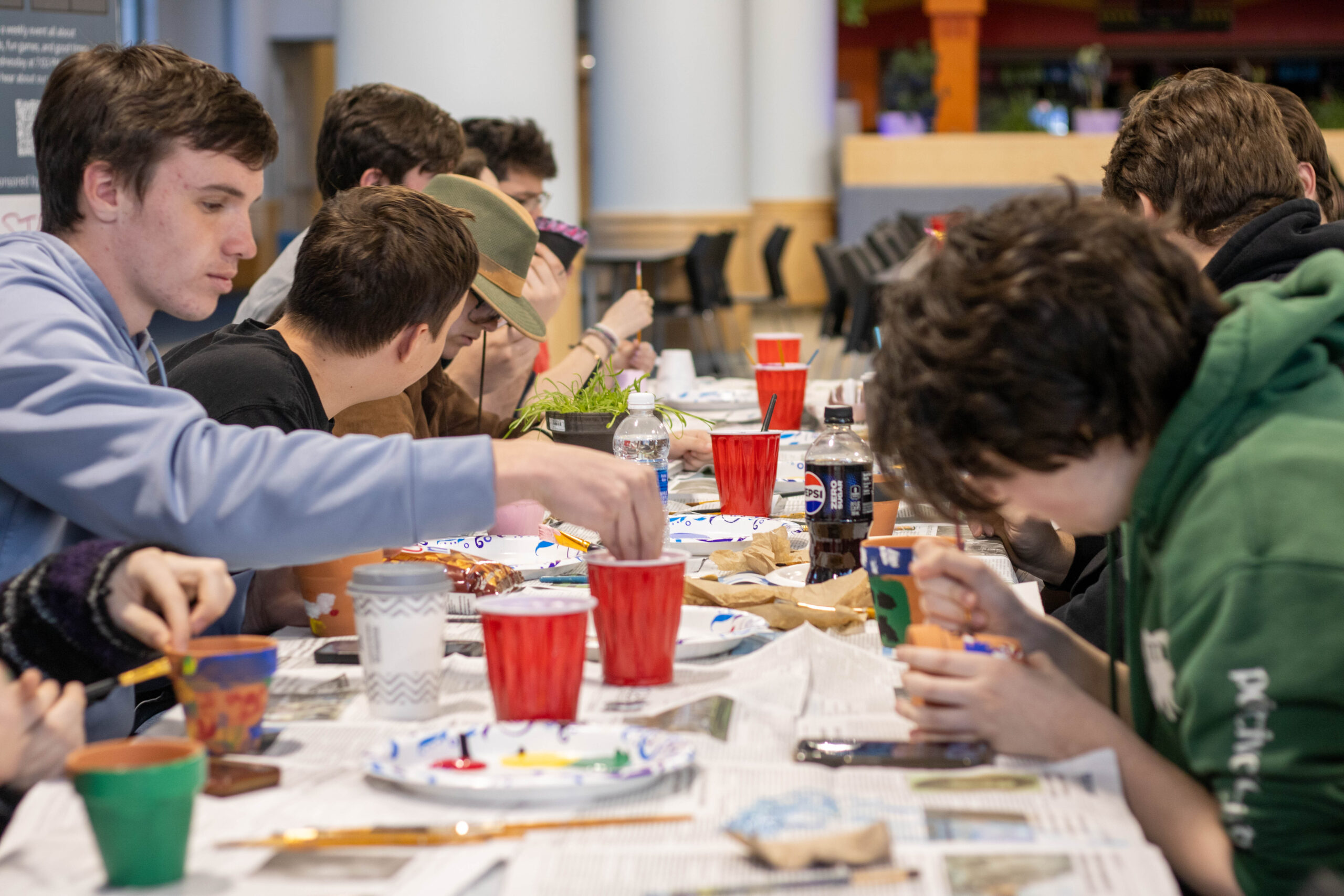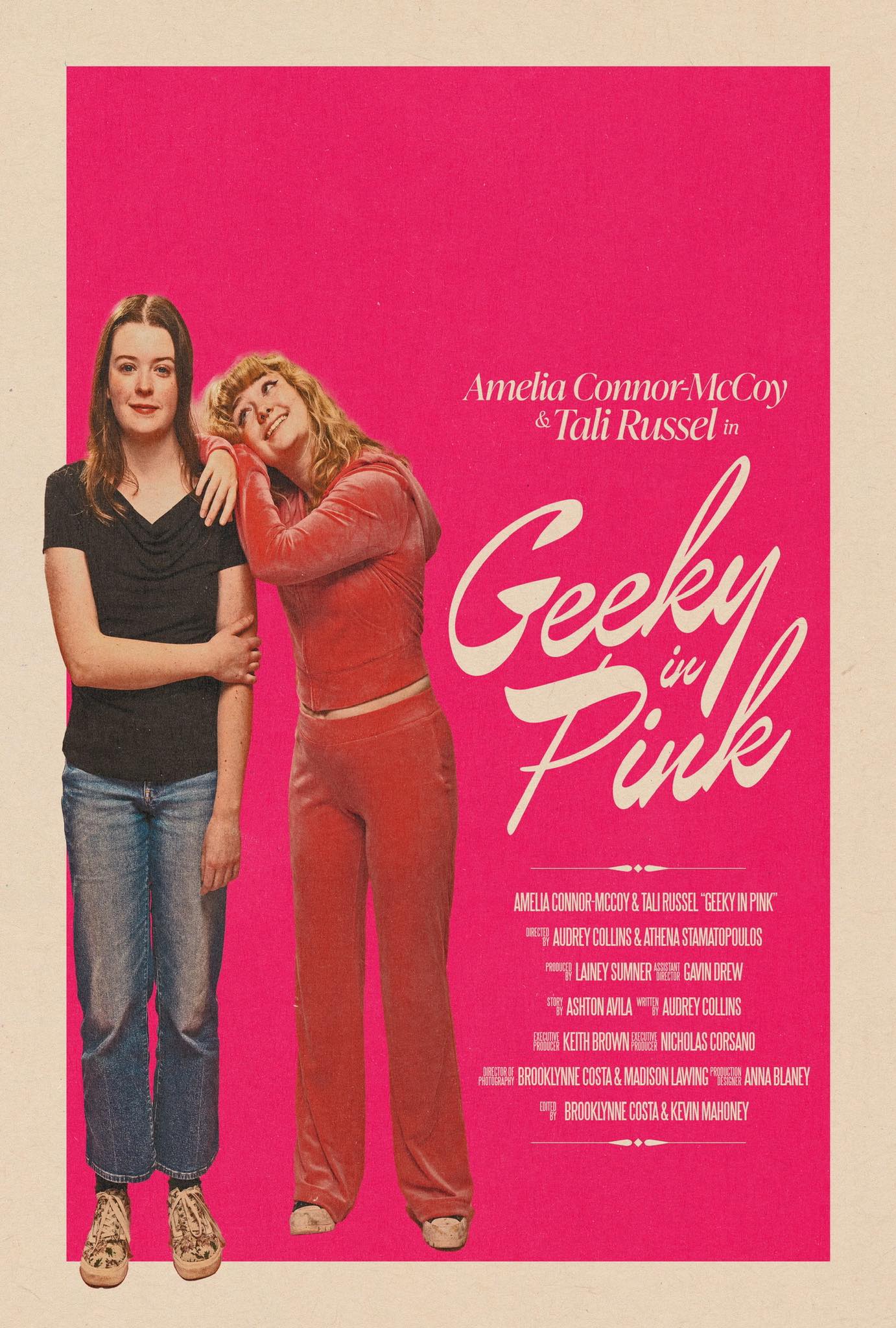Third installment of series showcased in Providence
URI’s Providence-Feinstein campus’ art exhibit “Gilding the Shoe strings III” shows a series of 19th century dresses and suits as a period piece. Photo Courtesy of Steven Penell
The recent art exhibit “Gilding the Shoestrings III – Crafting Character” at the University of Rhode Island’s Providence-Feinstein campus seeks to show the intricacies of theatre production through a collection of selected theatre costumes, covering both time period and a concentrated style.
Encompassing the first and second floor of the Providence Lobby Gallery, located in the heart of the city, the exhibit was curated by David T. Howard, professor of design and chair of URI’s theatre department, and Steven Pennell, head of the Urban Arts and Culture program.
Beyond the exhibit’s curative efforts, Howard is the leading artist behind all of the contributed clothing, of which he has made for theatre productions.
The selection of dresses and suits in the exhibit consist of personal designs, mainly period costumes from the late 19th century to present, including accessories and costumes still in construction.
Pennell said that the organization of the art was purposeful to the exhibit’s narrative.
“The costume [sets] represent a group of actors in a particular play, and [they’re] structured period wise moving in an arc of chronology,” Pennell said.
Beyond the mere appreciation of the costumes’ craftsmanship, the collection sheds light on the pieces themselves – a notion which pushes the presentation beyond the scope of theatre, deconstructing the belief that props are essential to a greater production.
Instead, the costumes have a dimension and quality of their own, as they advocate quite adequately for themselves.
“Unlike other elements of design, clothing is so important to all of us, and we all have a connection to clothing,” Pennell said.
We all have a personal relationship with clothing and, in effect, we may not perceive the design process because of our preconceptions and closeness. The exhibit shows us that it is possible to step out of this box of perception and transcend to an understanding which is substantial and directed toward the objective nature of clothing.
According to Howard, there were many different incentives to compiling such an intricate exhibit.
“We want to show different forms and different ways of seeing clothes,” Howard said. “The clothes displayed are not necessarily just shown as historical but [display] a context of creating character.”
The compilation is a dimensional reality that contributes to informing the history and processes of the clothing. The exhibit, Pennell pointed out, gives a lot of space for play.
Howard said that most people know more about the finished product of clothing rather than the creation of it.
“People are more aware of the product than the process,” Howard said. “A process in which you must read the play to understand the characters, to understand the time and the place.”
From this exhibit, viewers learn that costumes can seamlessly characterize the aesthetic aspects of theatre production.
The presentation of costume in such a manner is important in that it cultivates a greater appreciation for what we understand to be theatre. There is a strong element of excitement when one is shown a deconstruction of a whole – when something that does not necessarily appear as having a complex history is suddenly given its rightful narrative as it is brought into the spotlight, all of which is captured in the outward and charismatic appearance of Howard’s exhibit.
One can additionally appreciate the material qualities of the presented costumes, as they are all elegant, specific, graceful and complete. Their craftsmanship asks the observer to conceptualize the design process and all of the intentions which come with it.
Costume design is a process of utility, hard work and passion – a process which is critical to constructing an environment or even a world. It is the backbone of theatre, the scaffolding to build a fine script. “Gilding the Shoestrings” colors this entire process with the unique perspective it provides.





